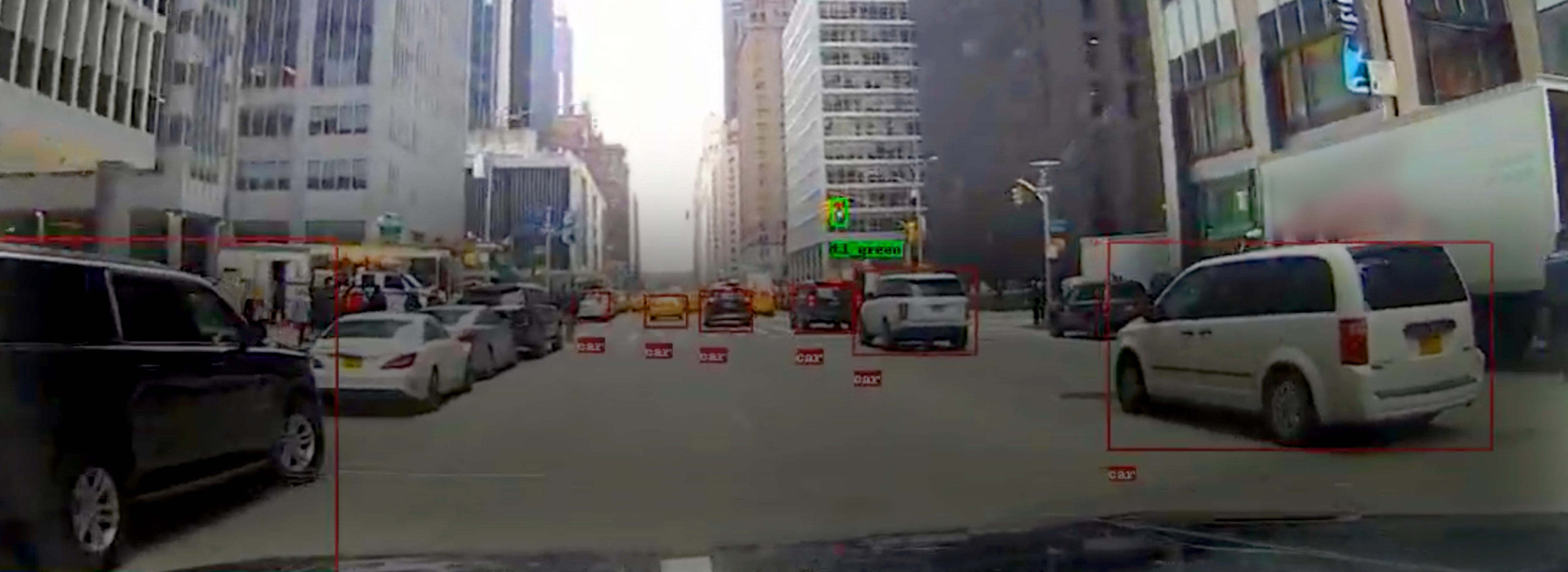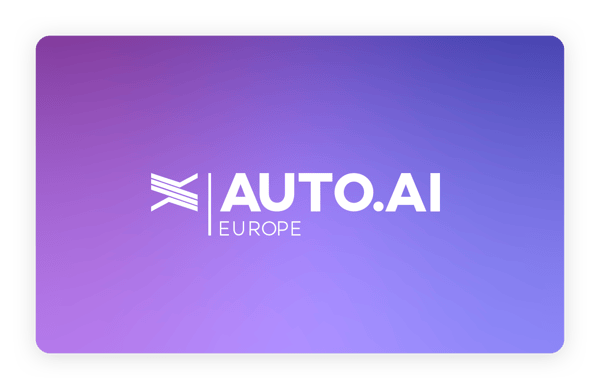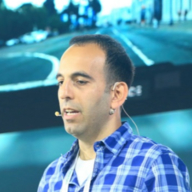The robustness of end-to-end driving policy models depends on having access to the largest possible training dataset. However, current approaches are limited to models trained using homogenous data from a small number of vehicles running in controlled environments or in simulation, which fail to perform adequately in real-world dangerous corner cases.
In this webinar, Nexar's Director of Artificial Intelligence, Ilan Kadar, gives an overview of how a network of connected devices deployed at the edge are running deep learning models.
These models continuously capture, select, and transfer to the cloud “interesting” monocular camera observations, vehicle motion, and driver actions.
This collected data is used to train an end-to-end vehicle driving policy, guaranteeing that the information gain of the learned model is monotonically increasing, effectively becoming more selective of the data captured as it walks down the tail of corner cases.



